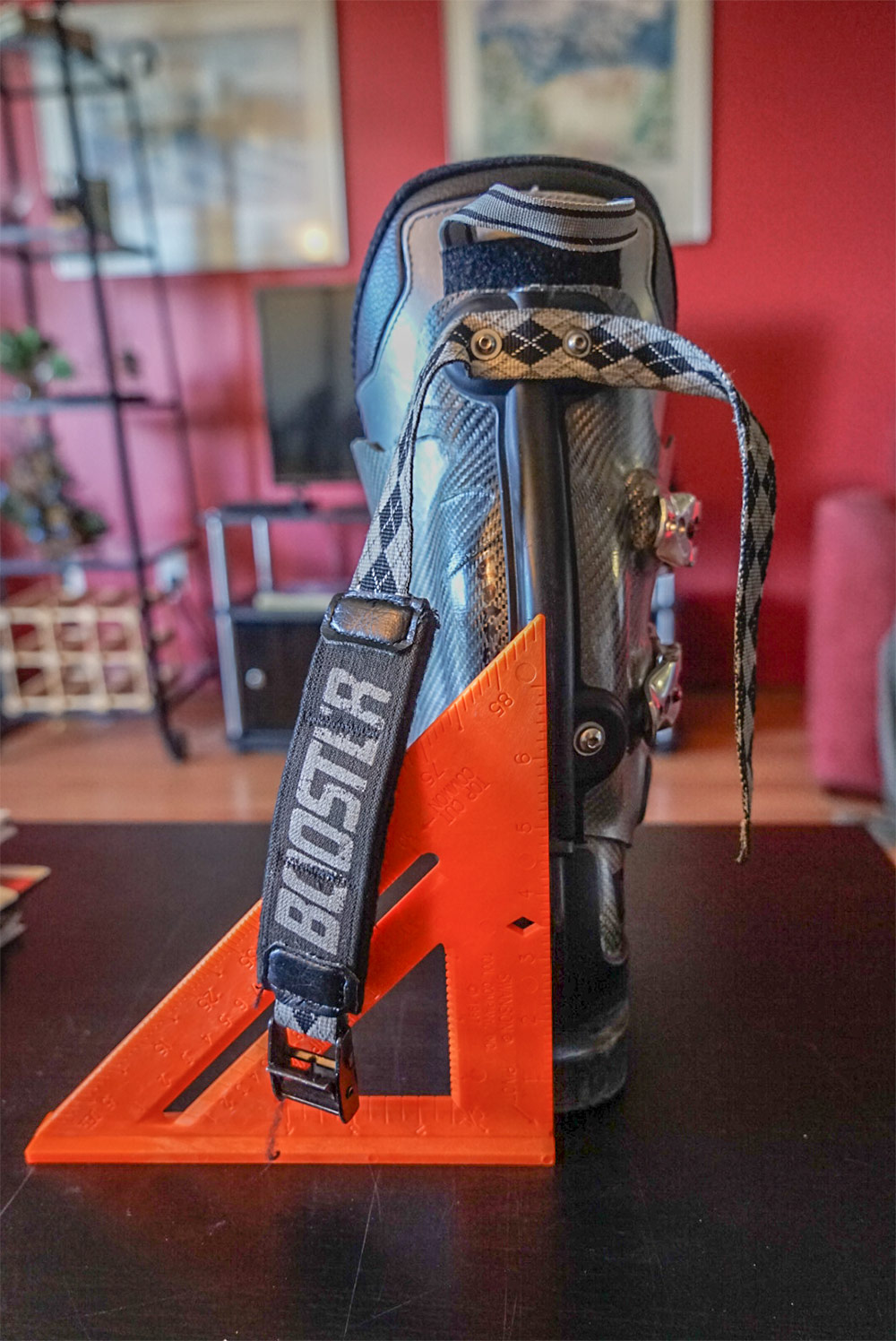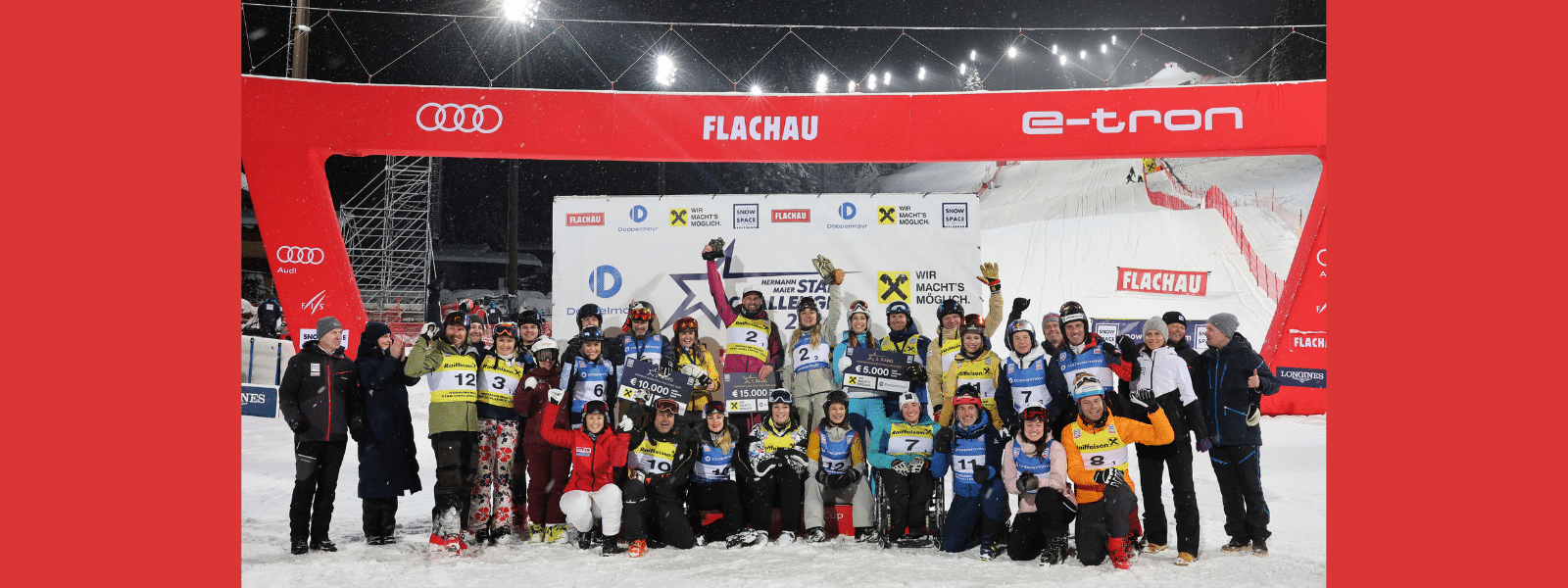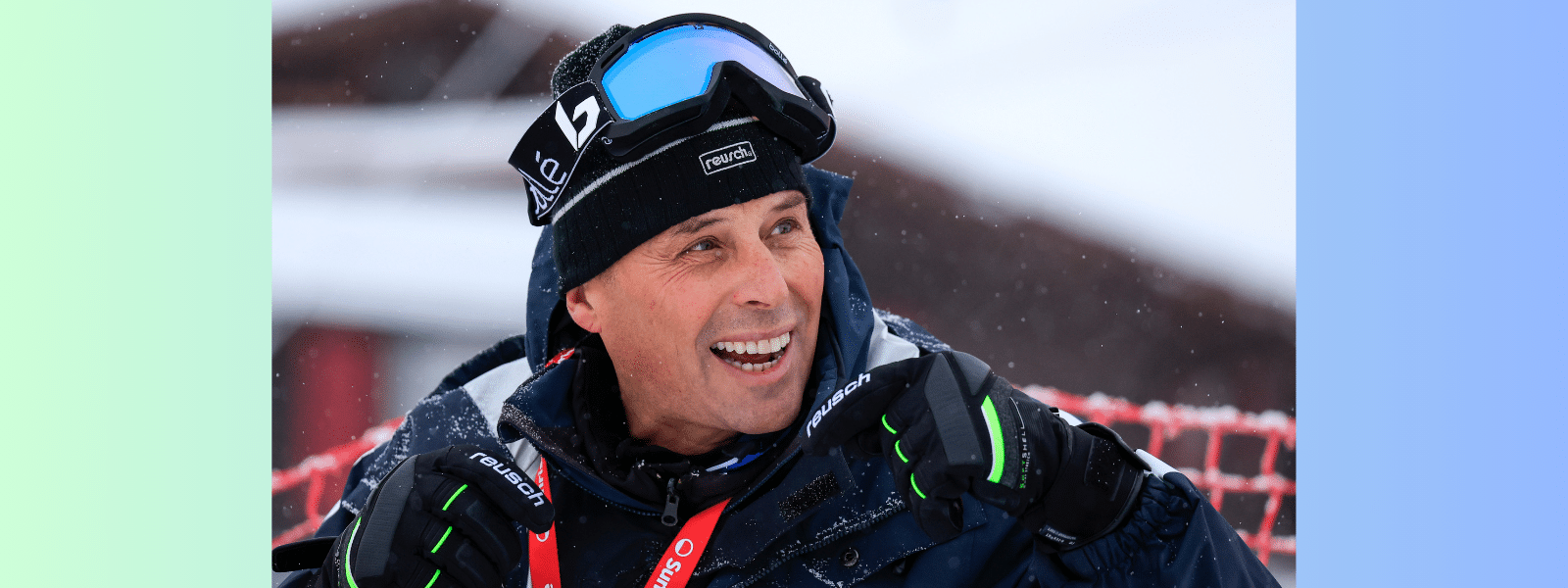Warner’s World: Duct Tape and Hotel Room Keys
The MacGyver method for finding the fastest setup
A number of years ago, I had a long conversation with Jimmy Cochran about confidence. He explained that confidence is never something that you can fabricate. It simply comes down to how well you’re skiing and how well your equipment setup works for you.
I argued that you could fake confidence in the starting gate to have better results by mentally focusing on a run where you were skiing your best and preparing to bring unprecedented aggression to the front of your boot.
But the point of our conversation was that supreme confidence — the feeling in the starting gate when you know you have the fastest skis, best physical and mental preparation, and best ski setup (which I discussed in my last column) — is nothing without knowing your equipment is working for you.
There’s no feeling that exudes confidence more than knowing your skis are set up perfectly for you and the conditions that day — knowing that your equipment is going to hold cutting off the line on bumpy ice conditions and that it will not just survive the forces, but dominate them.
Some athletes are entirely lucky and can put on skis and boots right out of the box and rip, but most of us aren’t so lucky. Brandon Dyksterhouse, the best American skier not on the USST for years and now Athletic Director of Ski Club Vail, explained he had to put at least 12 strips of duct tape under the outside of his boots — giving him less edge — to arc a turn.
I went the opposite direction. I needed to move my knees out and create more edge under my skis to arc a turn. When I was on Dodge boots, I would cant the upper cuff out, and if I didn’t do that, it was ugly. Everyone is a little different, so you need to spend ample time understanding and taking control of your equipment and creating the right setup that fits your body and technique.
Without getting into too much detail, the first step in creating the correct boot setup is understanding what you have and making sure your boots are not warped and relatively equal. Buy a carpenter’s square (I just bought a plastic one at Lowes for $5) and line up the right angle with the centerline of the boots from the back to see how canted your boots are.

To check if boots are warped, push on the right and left side of the toe and heel to see how much each boot rolls (make sure you have a flat surface). If they’re warped, you can have your boots planed, or add some thin plastic pieces (a plastic hotel room key can be the perfect thickness) or strips of duct tape under your boot. Check out the difference between each boot; sometimes they are surprisingly different. You want to make sure that your setup is normal and consistent between boots unless you have a reason to have them canted differently.
And by the way, never throw away, sell, or give away your best skis or boots from your previous year. If your new equipment isn’t working, it is unbelievably nice and helpful to go back and look at your old setup and skis. Keep everything you can, even if you switched companies or need the money. I remember selling my breakthrough slalom skis for $250 to Peter Hustis, a buddy of mine, in college and regretted it early the next season. Don’t do that!
As long as you have ample time before races, start playing with canting. There are a number of good bootfitters out there, but you need to understand what they did to your boots and why it works or doesn’t work. There’s often a difference from what someone sees when you stand in front of them and what they see when you skiing down a pitch.
Know how high your boot boards are from year to year. If you think you don’t have enough edge, add some strips of duct tape on the inside of your boot. If you’re bowlegged, add strips to the outside and see how it feels. The best way to do this is to talk it through with your coach or friend so that you have an extra set of eyes to see how it changes your skiing.
Don’t wait until just before you start racing, unless you’re in full panic mode. This is a process that should be undertaken leading up to the season. But there’s no question that the more athletes understand the feeling that different setups bring, the better they will be over the length of their careers. Setting up your boots properly will help bring supreme confidence and speed on race day.
Ramp angle and mounting point should also be examined. (Ultimately, there are so many variables in this sport, it’s insane. The more you work on making those variables work to your advantage the better off you will be.)
Ramp angle highly depends on your body’s bone structure. Generally speaking, if you’re tall and have a long femur, you need to have fewer lifters or shims under the toepiece of your binding and more under the heelpiece of your binding. If you’re shorter and have relatively short femurs, toe lifts can help your skis come around. (This was always the case for me. I would add shims under the toe piece of my binding to help get more pressure on the tip of my skis to pull greater radius, but everyone is different.) For mounting points, if you’re too far forward, your skis feel like they are a bit too grabby and can’t roll up properly.
All high-level athletes understand their equipment or has someone who spends a great deal of time working on their setup with them. Skiing is all about constantly finding small incremental improvements. Equipment is the most important piece of the puzzle when it comes to finding supreme confidence. And once you find it, there is nothing more fun, powerful, and exhilarating than bending up your skis at the top of the turn and knowing they are going to snap off nasty turns all the way to the bottom.





















